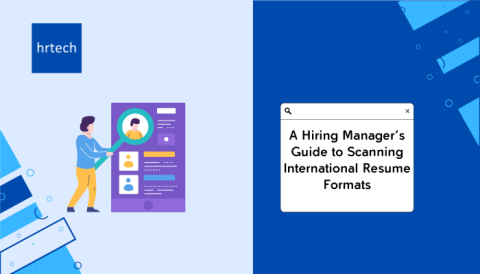Finding the right talent has become one of the biggest challenges for businesses today. In fact, according to studies, 90% of leaders find it challenging to hire and retain talent. Traditional job portals are crowded, expensive, and often attract passive job seekers rather than the best candidates who are already employed and thriving in their roles.
You need new approaches to reach quality candidates where they actually spend their time. The most successful companies have moved beyond posting jobs and waiting for applications. They actively search for talent using multiple channels and build relationships before they even have openings.
In this guide, we will show you the top 10 effective methods to source candidates without relying on job portals, helping you access top talent pools and build a stronger hiring strategy.
Key Takeaways:
- Professional networking platforms: Direct access to passive candidates who aren’t actively job hunting through LinkedIn and industry-specific platforms.
- Employee referral programs: They can reduce hiring costs significantly while improving retention rates through existing team connections.
- Social media sourcing: Helps you find candidates based on skills, interests, and professional activities beyond their resume information.
- Industry events and networking: Create personal connections that lead to higher-quality hires and stronger employer branding.
- Campus recruitment partnerships: Provide access to fresh talent, and can be tailored to your specific skill requirements.
- Niche communities and forums: Connect you with specialists in technical fields who are active in their professional communities.
What Is Candidate Sourcing?

Candidate sourcing is the process of proactively identifying and engaging potential job candidates before you have an immediate opening. Unlike traditional HR recruiting, where you post a job and wait for applications, sourcing involves actively searching for talent across various platforms and channels.
The goal is to build relationships with qualified professionals who might be interested in future opportunities. This approach helps you access passive candidates, those who aren’t actively looking for jobs but would consider the right opportunity.
Modern sourcing combines technology with human relationship-building. You use tools and platforms to find candidates, then engage them through personalized outreach and conversations.
But before exploring specific methods, let’s look at why moving beyond job portals is essential.
Why Source Candidates Beyond Job Portals?

The way companies hire has changed significantly over the past few years. Traditional job portals are no longer the go-to solution they once were, and smart recruiters are finding better results elsewhere.
Here’s why alternative sourcing methods are becoming essential for successful hiring:
- High competition and costs: Job portals are crowded with thousands of companies posting similar roles, driving up costs and making it harder to stand out.
- Limited access to passive talent: The best candidates are often already employed and happy in their roles, rarely browsing job boards but open to the right opportunity.
- Generic application process: Job portals create a one-size-fits-all experience that doesn’t let you showcase your company culture or build personal connections.
- Quality over quantity challenge: You’ll get hundreds of applications, but many won’t be relevant or qualified, wasting valuable time in the screening process.
- Lack of relationship building: Traditional posting methods don’t allow you to nurture relationships with potential candidates over time.
- Employer brand control: Alternative methods give you direct control over how you present your company and opportunities to candidates.
So, now that you know the importance of alternative hiring methods other than traditional job portals, let’s take a detailed look at all the methods one by one.
10 Effective Methods to Source Candidates Without Job Portals
Here are some effective strategies that successful companies use to find and attract top talent:
1. LinkedIn and Professional Networking Platforms

LinkedIn remains the most powerful platform for professional networking and candidate sourcing. You can search for candidates using specific criteria like location, industry, skills, and experience level.
Use LinkedIn’s advanced search filters to narrow down your results. Look for candidates who are active in industry discussions, share relevant content, or participate in professional groups. For example, if you’re hiring a digital marketing manager, search for professionals who regularly post about marketing trends or engage with marketing-related content.
Send personalized connection requests that mention something specific from their profile. Once connected, engage with their content before reaching out with opportunities. This builds rapport naturally and shows genuine interest in their professional activities.
2. Employee Referral Programs
Your current employees are your best recruiters. They know your company culture and can identify candidates who would be a good fit. Referral programs typically result in higher-quality hires with better talent retention rates.
Create a structured referral program with clear incentives. For instance, offer bonuses for successful hires or non-monetary rewards like extra vacation days. Make it easy for employees to refer candidates by providing them with referral links and templates.
Track your referral program’s success rate and regularly remind employees about open positions during team meetings or through internal communications. Referred employees typically stay longer because they have realistic expectations about the role and company.
3. Social Media Sourcing
Platforms like Twitter, Facebook, and Instagram can reveal candidates’ interests, communication style, and professional activities. Twitter is particularly useful for finding thought leaders and active professionals in specific industries.
Search for hashtags related to your industry or specific skills. For example, use hashtags like #WebDeveloper or #DataScience to find professionals discussing relevant topics. Engage with their content before reaching out with opportunities.
GitHub is essential for technical roles. You can review candidates’ actual code, see their project contributions, and learn their technical skills better than any resume would show. This gives you concrete evidence of their capabilities beyond traditional application materials.
4. Industry Events and Conferences

Attending industry events gives you face-to-face access to professionals in your field. These events attract people who are serious about their careers and often open to new opportunities.
Prepare for events by researching attendees and speakers in advance. Bring business cards and have a clear elevator pitch about your company and open roles. Focus on building relationships rather than immediately pitching job opportunities.
Follow up with new connections within 48 hours of meeting them. Connect on LinkedIn and reference your conversation to maintain the relationship. Many successful hires start with casual conversations at industry events.
5. Campus Recruitment
Partner with universities and colleges to access fresh talent. This is particularly effective for entry-level positions and internship programs that can lead to full-time hires.
Attend career fairs, sponsor student events, or offer guest lectures to build your employer brand on campus. Create internship programs that allow you to evaluate students before offering full-time positions.
Build relationships with career services departments and professors who can recommend top students for your openings. Many universities also have alumni networks that can provide additional referral opportunities.
6. Niche Communities
While avoiding major job portals, you can still use specialized platforms that cater to specific industries or skill sets. For example, Stack Overflow Jobs for developers, Behance for designers, or AngelList for startup talent.
These platforms typically have less competition and more targeted audiences. The candidates you find here are often more serious about opportunities in their specific field.
Join professional communities and forums where your target candidates are active. Participate in discussions and build relationships before presenting opportunities. This approach helps establish your credibility within these specialized communities.
Want to access multiple sourcing channels through one platform? TeamLease Digital offers comprehensive recruitment services that combine various sourcing strategies with AI-powered tools to reduce your time-to-hire significantly.
7. Talent Pipeline Development

Build relationships with potential candidates before you have specific openings. This proactive approach means you have qualified candidates ready when positions become available.
Create a database of interesting candidates you meet through networking, events, or online research. Regularly engage with them through social media, industry updates, or informal coffee meetings.
Use an Applicant Tracking System to organize and manage your talent pipeline effectively. Track your interactions and set reminders for follow-up communications. This long-term investment pays dividends when urgent hiring needs arise.
8. Recruitment Agencies
Partner with specialized recruitment agencies that focus on your industry or specific roles. They often have access to passive candidates and can handle the initial HR sourcing and screening process.
Choose agencies that know your company culture and requirements. Provide them with detailed job descriptions and examples of successful hires to help them identify the right candidates.
While agencies charge fees, they can be cost-effective for hard-to-fill positions or when you need to hire quickly. The key is finding agencies that truly understand your needs and market.
9. Alumni Networks
Leverage alumni networks from universities, previous companies, or professional programs. Alumni often have strong connections and are willing to help fellow graduates.
Reach out to alumni from your target universities who work in your industry. They can provide referrals or insights about potential candidates. Similarly, maintain relationships with former employees who might recommend candidates from their new companies.
Use LinkedIn’s alumni tool to find professionals who graduated from specific schools or worked at particular companies. These connections often lead to quality referrals because of shared experiences.
Building an effective sourcing strategy requires expertise, technology, and dedicated resources. TeamLease Digital combines multiple sourcing channels with AI-powered recruitment tools to help you access the best talent efficiently.
10. Passive Candidate Outreach

Identify professionals who aren’t actively job seeking but might be interested in better opportunities. This requires research and personalized outreach rather than mass messaging.
Look for indicators that someone might be open to new opportunities, such as recent career milestones, industry changes, or professional development activities. Craft personalized messages that focus on career growth rather than just job openings.
Be patient with passive candidates. They often need time to consider opportunities and may not respond immediately to your initial outreach. The key is providing value in your communications and showing genuine interest in their career development.
Knowing about different candidate sourcing methods is important. But it’s also essential to select the right approach for your exact recruiting needs.
How to Choose the Right Sourcing Methods for Your Company?

Different sourcing methods work better for different types of roles and company sizes. Consider these factors when selecting your approach:
- Role level consideration: Entry-level positions work well with campus recruitment and social media sourcing, while senior roles require networking and headhunting approaches.
- Industry type matching: Technical roles benefit from GitHub and Stack Overflow sourcing, creative roles work better on Behance or Instagram.
- Company size alignment: Startups might focus on personal networks and social media, while large enterprises can invest in comprehensive referral programs.
- Budget constraint planning: Employee referrals and social media sourcing are cost-effective, while recruitment agencies require larger investments but yield faster results.
- Timeline requirements: Quick hiring needs combination approaches with multiple channels, while long-term hiring allows for relationship building and pipeline development.
Conclusion
Sourcing candidates without job portals opens up access to passive talent pools that your competitors often miss. The most successful companies use multiple channels simultaneously and build relationships with potential candidates before they have immediate openings.
Start with one or two methods that align with your industry and company size. As you build expertise and see results, expand to additional channels. Remember that effective sourcing is about building relationships, not just filling immediate openings.
Ready to access top talent pools and reduce your hiring costs? TeamLease Digital can help you implement these sourcing strategies effectively while providing the technology and expertise you need to compete for the best candidates. Contact us today!
FAQs
1. How long does it take to see results from alternative sourcing methods?
Social media and networking typically show results within 2-4 weeks. Building talent pipelines and referral programs can generally take 2-3 months to mature fully.
2. Can small companies compete with large enterprises using these methods?
Small companies often have advantages in personal networking and social media engagement. Focus on building authentic relationships rather than competing on scale alone.
3. How do I measure the effectiveness of different sourcing channels?
Track metrics like cost-per-hire, time-to-fill, candidate quality scores, and retention rates for each channel. Use an ATS to monitor these analytics systematically.
4. What’s the biggest mistake companies make when sourcing without job portals?
Focusing too heavily on immediate needs rather than building long-term relationships. Successful sourcing requires consistent engagement and relationship building over time.
5. How do I personalize outreach messages effectively?
Reference specific achievements, shared connections, or content they’ve published recently. Avoid generic templates and focus on how the opportunity aligns with their career goals.
6. What’s the best way to build a talent pipeline?
Start by identifying potential candidates through networking and social media. Engage regularly through content sharing, industry updates, and informal conversations to maintain relationships.







